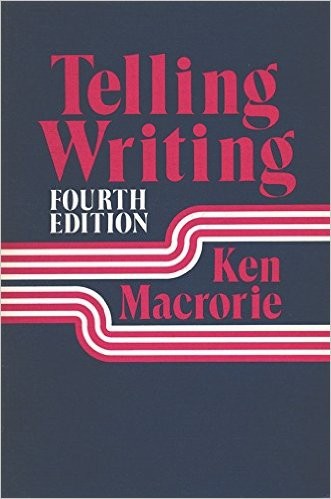This blog post delves into the expressivist approach within composition pedagogies, drawing insights from A Guide to Composition Pedagogies by Gary Tate et al. We’ll explore the core principles of expressivism, its historical context, criticisms, and contemporary adaptations. This exploration aims to provide writing teachers with a comprehensive understanding of expressivist pedagogy and its potential applications in the classroom.
Expressivism, a significant movement in composition studies, emerged as a response to the current-traditional paradigm that dominated writing instruction for decades. Key figures like Peter Elbow, Donald Murray, Ken Macrorie, and William Coles championed alternative approaches that emphasized the individual voice and personal experience in writing. Their “anti-textbooks” challenged the formal, academic style prevalent at the time, advocating for a more student-centered and expressive approach.
The Rise of Anti-Textbooks and Expressivist Principles
The expressivist movement gained momentum with the publication of influential works such as Murray’s A Writer Teaches Writing, Macrorie’s Telling Writing, and Elbow’s Writing Without Teachers. These books encouraged students to move away from rigid academic conventions and embrace their unique voices. Expressivists viewed writing not merely as a tool for recording objective reality, but as a crucial process for developing ideas and understanding the self.
 Telling Writing
Telling Writing
Central to expressivism is the idea that writing is a dialectical process involving a continuous interaction between the writer’s intentions and the audience’s response. Ideas are not simply conceived and then written down; rather, they evolve through the act of writing itself. This emphasis on invention and personal discovery makes expressivism a powerful pedagogy for fostering creativity and self-expression in students.
The Importance of the Personal Voice
Expressive theorists place significant value on the personal voice. Peter Elbow’s work, in particular, highlights voice as a primary means of engaging with the world and constructing meaning. Similarly, Donald Murray emphasizes the dialectical nature of the writing process, involving the interplay of exploration and clarification, collection and combination, and reading and writing. Through this recursive process, writers develop their ideas in a non-linear fashion.
Britton’s Taxonomy of Language Functions
James Britton’s work provides a theoretical framework for understanding expressive writing. Britton proposed a taxonomy of language based on function, identifying three main modes: expressive, transactional, and poetic. Expressive language, according to Britton, is the language of the self, revealing the speaker’s perspective and reflecting on personal experiences. Transactional language is used to convey information, while poetic language focuses on the aesthetic qualities of language itself.
Britton argued that all writing originates from the expressive mode and that neglecting expressive writing in the classroom is detrimental to students’ development. He believed that effective writing should blend expressive and transactional elements, as well as incorporate both subjective and objective perspectives.
Criticisms and Defenses of Expressivism
Despite its influence, expressivist pedagogy has faced criticism from various scholars. Some critics argue that it lacks theoretical rigor, promotes self-indulgence, and may disadvantage certain student populations. Lisa Delpit, for example, has pointed out that prioritizing expressive practices like journaling and peer review may not adequately prepare students of color for the demands of formal academic discourse. George Hillocks critiques expressivism for its perceived lack of direct instruction.
Neo-Expressivism and Contemporary Relevance
In response to these criticisms, expressivist scholars have refined and adapted their pedagogy. Neo-expressivism, as it is sometimes called, seeks to integrate personal expression with social justice concerns, addressing issues of race, class, and equity. Scholars like Byron Hawks and Paul Kameen emphasize the potential of expressivism to empower students to use their personal experiences as a catalyst for social change. Karen Surman Paley highlights the effectiveness of contemporary expressivism in blending personal and academic discourse.
Implications for Teaching Writing Today
While implementing expressivist pedagogy in its original form may be problematic, ignoring its contributions would be a mistake. The emphasis on self-reflection, personal voice, and the writing process remains valuable in contemporary composition instruction. By encouraging students to explore their own experiences and perspectives, teachers can foster a more engaged and meaningful learning environment. The self can be used as “a site of invention and a catalyst for change,” allowing students to process and construct reality through a personal lens. Integrating self-assessment practices, which draw on expressivist principles, can also promote reflection and personal growth.
By understanding the history, principles, and critiques of expressivist pedagogy, writing teachers can make informed decisions about how to incorporate its elements into their classrooms. The key is to balance personal expression with the development of critical thinking and effective communication skills, preparing students to navigate a complex and diverse world.

